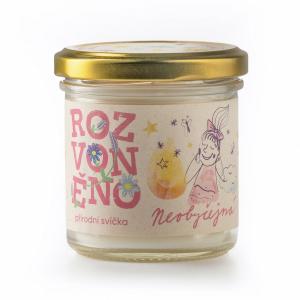Siberian Cedar (Pinus sibirica)
Other names: Siberian Pine, Emperor of the Taiga
Harm score: 1 (Natural substances)
The Siberian Cedar, also known as the Siberian Pine or the Emperor of the Taiga, is a massive coniferous tree native to Russia, where it forms an integral part of the Siberian forests. It reaches a height of 30 to 40 metres, but can sometimes grow up to 50 metres. This tree is very popular for its many uses, whether in medicine, culinary or cosmetics. A typical feature of the Siberian cedar is its ovoid cones, which are very popular for their tasty and nutritious seeds.
As a tree species, the Siberian cedar is highly valued and its wood is the basis for furniture, building material or musical instruments. But equally important are its seeds, also known as pine or cedar nuts. They are a rich source of vitamins, minerals and unsaturated fatty acids and are included in many cooking recipes. They can be found in sweet and savoury dishes, both raw and prepared. Pine nuts are also pressed into oil, which is a healthy and tasty addition to the diet, but is also used in the cosmetics industry to make various creams, masks or body oils. Even its needles and bark have their uses. They are a great source of vitamin C and contain many other substances with medicinal properties, used for example in the production of herbal teas or syrups.
You won't find this substance in our products. Try the natural, chemical-free products in our range.

Scented candle - Winter mood (130 ml) - with orange, cloves and cinnamon
Product detail
Natural hair dye BIO (100 g) - caramel
Product detail
Water softener (15 kg bucket) - for effective washing in hard water
Product detail